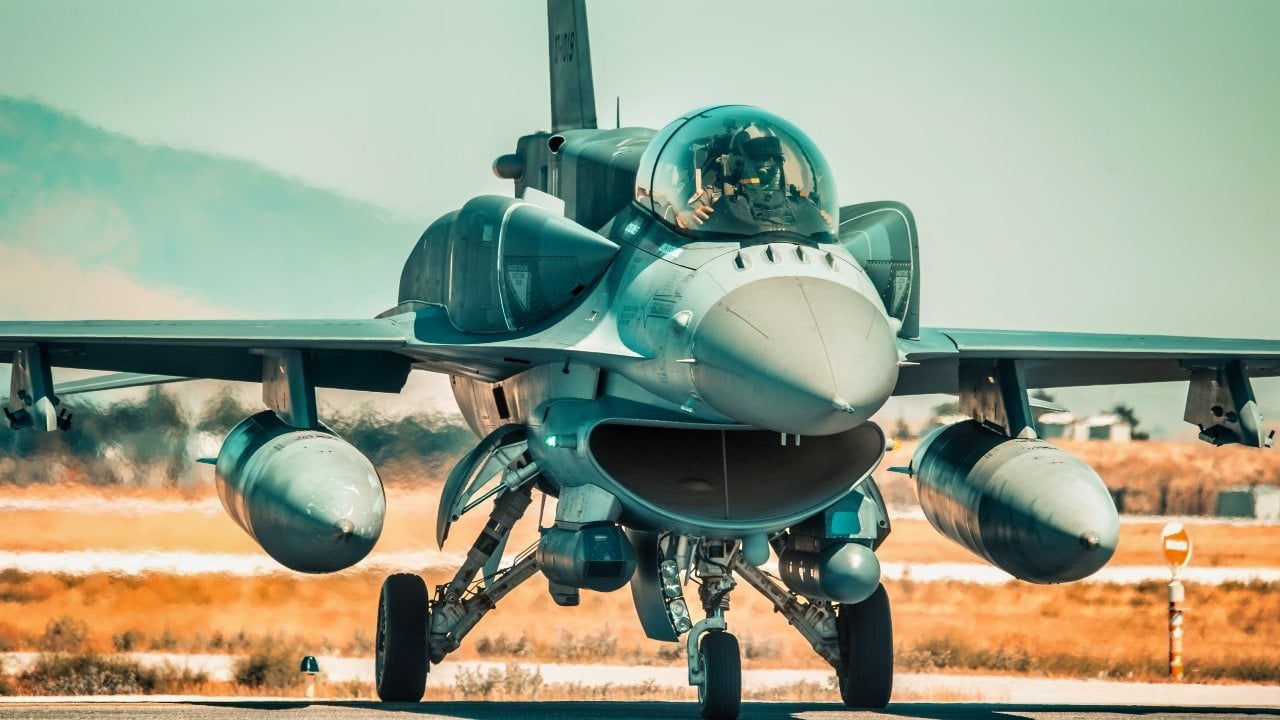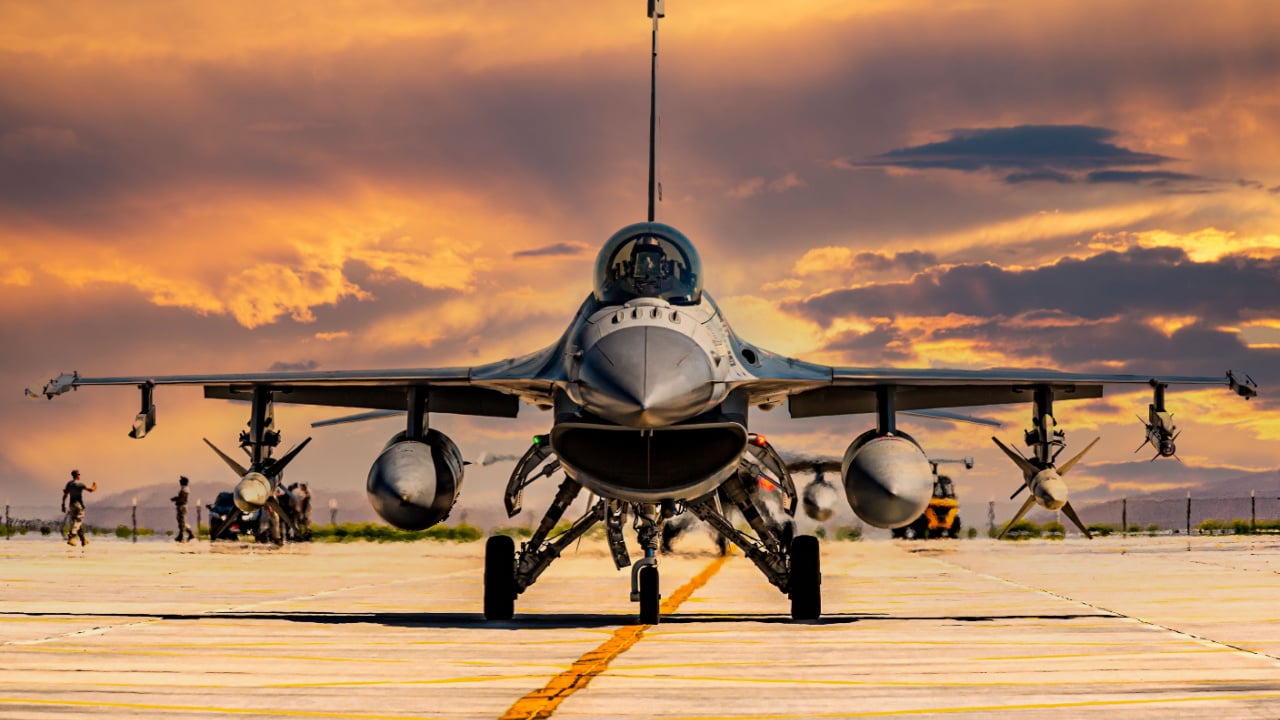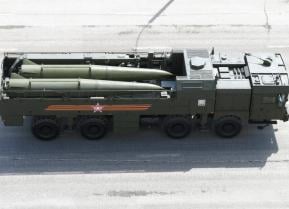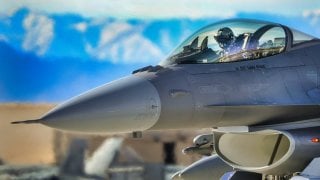The F-16 Fighter Is No Silver Bullet That Will Win the War for Ukraine
The F-16 would help Ukraine mitigate Russia’s fighter advantage, perhaps allowing Ukraine to “push back.” But the F-16 will not be a panacea or an overnight key to ousting the Russians from Ukrainian territory.
The Ukrainians have fought ardently to keep the Russian invaders at bay – but the Ukrainian resistance has depended mainly on foreign military aid.
Wisely, the Ukrainians have vigorously lobbied the Western powers for cash and equipment donations. And at the top of the Ukrainian’s wish list was the multi-role F-16, an American fourth-generation fighter that has been exported throughout NATO.
The Ukrainians were elated when allies agreed to ship F-16s to Ukraine. But now, an initial shipment of Copenhagen’s F-16s will be delayed several months, complicating the Ukrainian defense effort.
Yet, the Ukrainians have lasted two years without the F-16 – is the jet vital to Kyiv’s defense?
The Russo-Ukraine War from Above
Ukraine is “outnumbered and outgunned in the skies.” The Russians have relied upon the Su-35 and MiG-31 whereas the Ukrainians have relied upon the Su-27 and MiG-29. The Russian aircraft have higher-powered radar and more advanced missiles (AA-12;Khinzal) than the Ukrainian counterparts.
The result is that the Russians can detect and engage the Ukrainian aircraft, almost like a boxer with a pronounced reach advantage, from a distance within which the Ukrainians cannot detect or fire upon the Russians. So, Russians can engage frontline targets with relative impunity, beyond the range of Ukrainian aircraft.
Ukraine has supplemented their deficiency with surface-to-air missiles – which have helped to mitigate the effectiveness of Russian aircraft. Western aid has proven especially helpful in bolstering Ukraine’s air defense system; Western nations have donated IRIS-T, NASAMS, and PATRIOT missile defense systems. But the surface-to-air dependency is a stop-gap, offering a purely defensive stance.
The F-16s offer Ukraine a longer-term fix and the opportunity to take the offensive. Indeed, the F-16, which has more advanced radar and missiles than the Ukrainians existing Su-27s and MiG-29s, would allow Ukraine to engage the Russian aircraft from greater distances. The F-16 can launch missiles like the AIM-120, a “fire and forget” system that will track a target without the pilot keeping the target in their line of sight. And the AIM-120 can be fired upon multiple targets simultaneously.
“Kyiv’s allies hope the [F-16] can push Russian aircraft farther from the frontlines, target radar transmitters more effectively and hunt down more cruise missiles,” Reuters reported. “But [the F-16s] will help address a problem that has persisted from the start of the invasion in February 2022: Russia’s more modern combat aircraft have been difficult for Ukraine’s military to counter with its own aging fighters.”
Ukraine has done an admirable job of denying air space to the Russian invaders. Early in the conflict, in a bid to gain air superiority over Ukraine, Russia ran aggressive air attacks. Ukraine thwarted the initial aerial assault – and then bolstered their air defense network with surface-to-air missiles and intelligence gathering, beating the odds and denying Russia air superiority for almost two years. But the Ukrainians are treading water, so to speak, and rather than just tread water, the F-16 would allow Ukraine to push back.
“Besides potentially limiting the number of airstrikes on front-line Ukrainian troops, F-16s could operate closer to the line of contact and attack Russian air-defence systems,” Reuters reported.
A panacea? F-16 Won't Save or Win the War for Ukraine
Still, F-16s are not going to offer some sort of magic bullet for the Ukrainians.
“Western military officials and experts say adding F-16s to Ukraine’s fleet will not abruptly change the course of the war,” Reuters reported. “Training pilots and support crews takes time, surface-to-air missiles remain a major threat, and the jets are not designed for Ukraine’s damaged and sometimes makeshift runways.”
But the F-16 is most assuredly an improvement over the Ukrainian’s existing fighter fleet. And the F-16 offers Ukraine the opportunity to move away from Soviet built tech, and become more closely aligned with NATO technology.

Acquiring F-16s “locks Ukraine onto a technological path that NATO is currently on,” said Professor Robert Farley. “What Ukraine has now is a dead end; It’s not going anywhere. If you want to have an air force in 10 years, it’s going to have to be F-16s or something similar.”
Ukraine’s current fighter fleet consists of Soviet Cold War fighters – which have long since become obsolete. Supplementing the Mig-29s and Su-27s are even older models like the Su-24s and Su-25s – jets that will struggle to keep pace with advancing Russian technology and will become increasingly hard to service as spare parts become harder to find.
F-16: Bottom Line
In sum, the Ukrainians, relying on Western assistance, have done an admirable job of denying Russians the airspace over Ukraine. The F-16 would help Ukraine mitigate Russia’s fighter advantage, perhaps allowing Ukraine to “push back.”

But the F-16 will not be a panacea or an overnight key to ousting the Russians from Ukrainian territory.
About the Author: Harrison Kass
Harrison Kass is a defense and national security writer with over 1,000 total pieces on issues involving global affairs. An attorney, pilot, guitarist, and minor pro hockey player, Harrison joined the US Air Force as a Pilot Trainee but was medically discharged. Harrison holds a BA from Lake Forest College, a JD from the University of Oregon, and an MA from New York University. Harrison listens to Dokken. Email the Author: [email protected].
All images are from Shutterstock.


